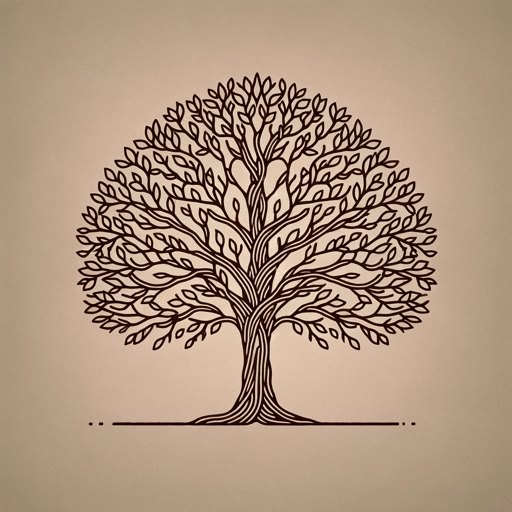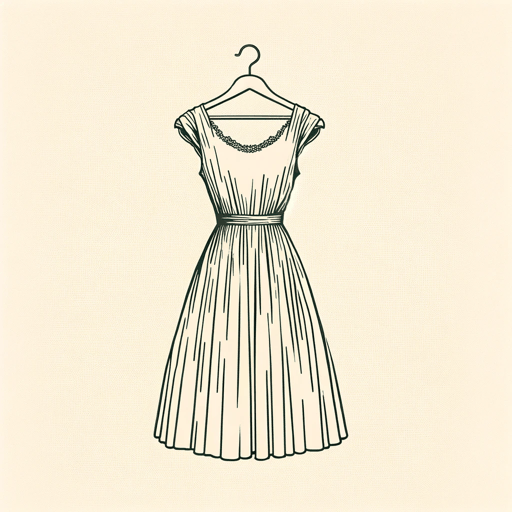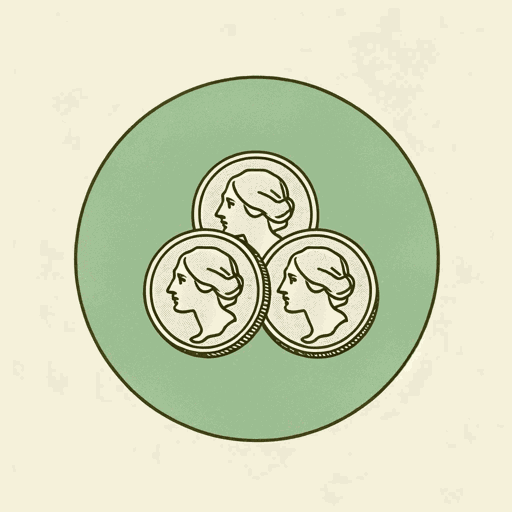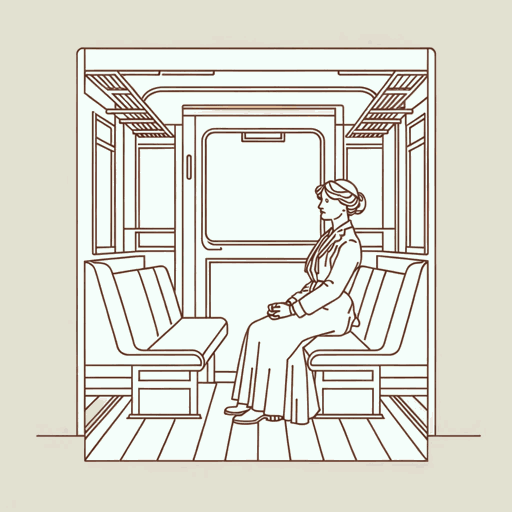31 pages • 1 hour read
Virginia WoolfMr. Bennett and Mrs. Brown
Nonfiction | Essay / Speech | Adult | Published in 1929A modern alternative to SparkNotes and CliffsNotes, SuperSummary offers high-quality Study Guides with detailed chapter summaries and analysis of major themes, characters, and more.
Themes
Intergenerational Conflict
The early 20th century was a period of dramatic social change. The period saw the First World War, a catastrophic conflict that took place from 1914 to 1918. Millions died, and it was seen by many as a betrayal of the younger generation by the older. “Lions led by donkeys” became a common phrase and expressed a belief that the bravery of youth was exploited and sacrificed by incompetent and indifferent leaders. Woolf frequently wrote about war in her fiction and nonfiction. Several of her novels, including Mrs. Dalloway (1925), To the Lighthouse (1927), and The Years (1937), feature World War I as a major event and theme. Her work is concerned with understanding the grief and trauma brought about by this unprecedented conflict, exploring the experience of shellshock (in Mrs. Dalloway) and the loss of young life (in To the Lighthouse). It was a period marked by trauma and loss that created a division between generations because those who made the war and led it were not the ones who suffered. It also contributed to a range of social changes, including women’s voting rights which, it is often argued, was accelerated by the role women played during the war, working as nurses and taking on traditionally male roles on the home front while men were away fighting.
Related Titles
By Virginia Woolf

A Haunted House
Virginia Woolf

A Haunted House and Other Short Stories
Virginia Woolf

A Room of One's Own
Virginia Woolf

Between The Acts
Virginia Woolf

How Should One Read a Book?
Virginia Woolf

Jacob's Room
Virginia Woolf

Kew Gardens
Virginia Woolf

Modern Fiction
Virginia Woolf

Moments of Being
Virginia Woolf

Mrs. Dalloway
Virginia Woolf

Orlando
Virginia Woolf

The Death of the Moth
Virginia Woolf

The Duchess and the Jeweller
Virginia Woolf

The Lady in the Looking Glass
Virginia Woolf

The Mark on the Wall
Virginia Woolf

The New Dress
Virginia Woolf

The Voyage Out
Virginia Woolf

The Waves
Virginia Woolf

Three Guineas
Virginia Woolf

To the Lighthouse
Virginia Woolf

